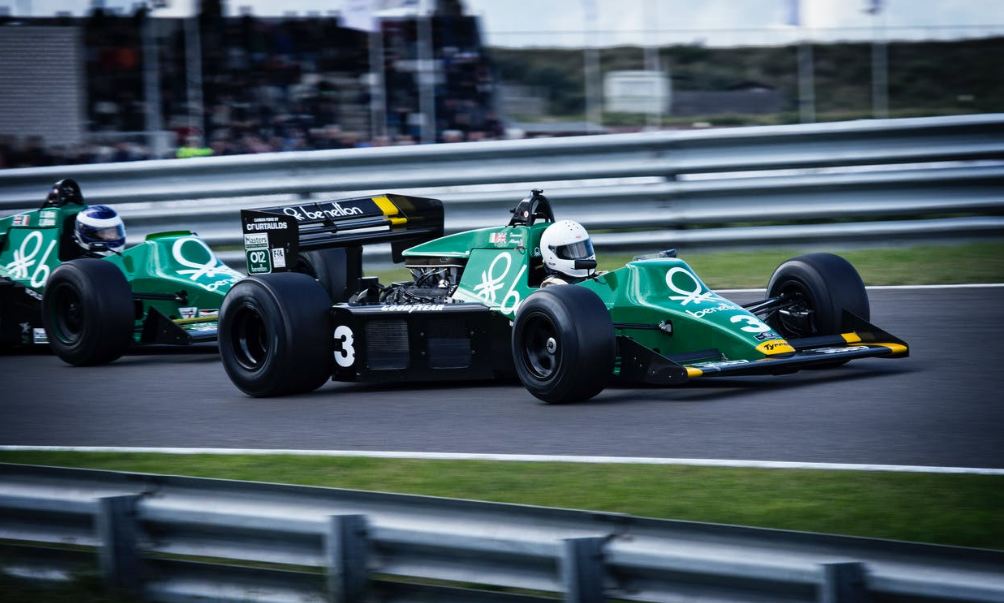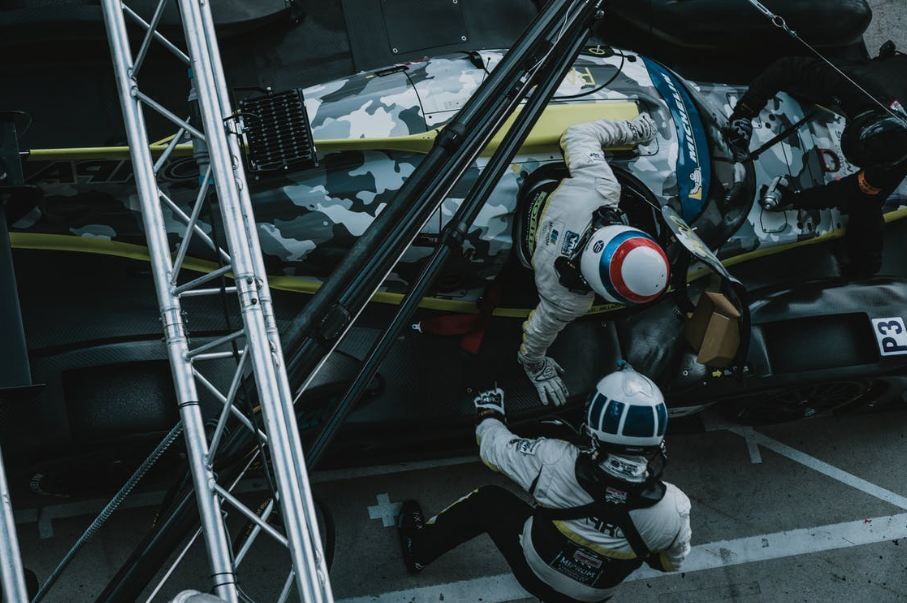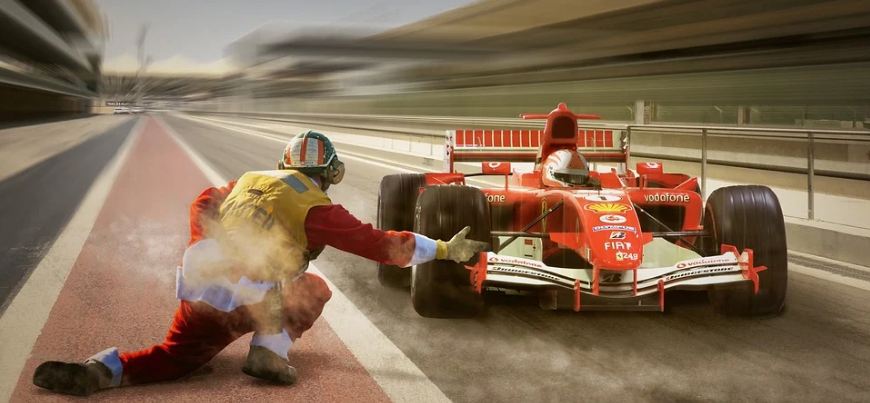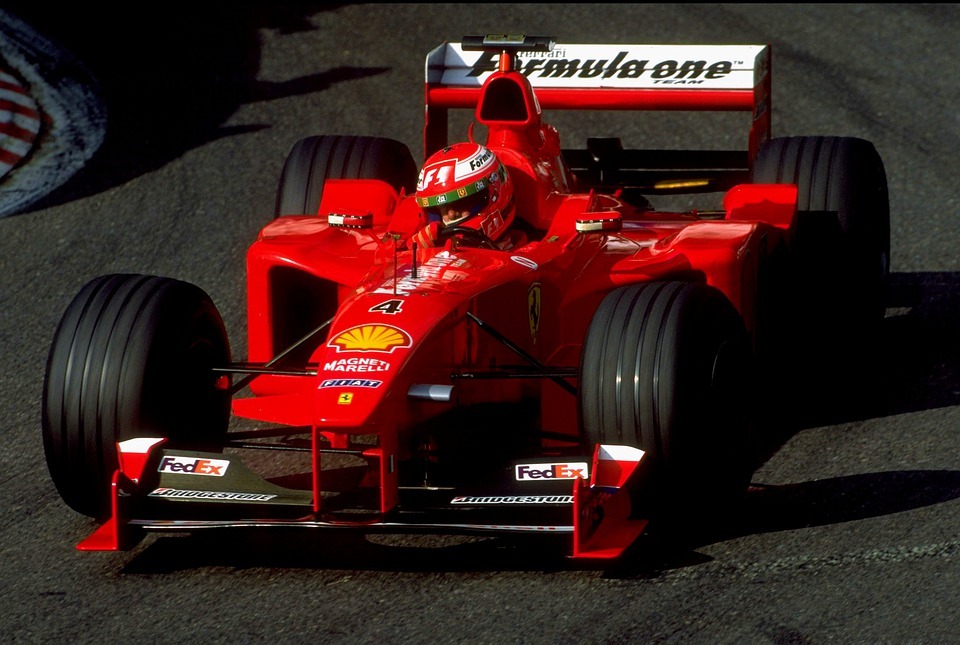Formula 1 racing is one of the best and the most popular professional form of car racing sports. It is a single-seater and open-wheeled motorsport. The cars that the racers use in formula racing are uniquely customized and built each time.
The races take place on the circuit tracks that are mostly made for formula racing. But before the racers can start racing in the main car events, their cars are thoroughly examined to make sure that they are suitable for the race.
FIA Pre-Event Checks
Before the start of the season, the FIA (FédérationInternationale de l’Automobile), the regulatory body that regulates the whole of Formula F1 and other car leagues, performs the following checks:
1. Crash and Structure Testing
Before using cars in a race event, all the cars go through three types of damage tests: frontal, side, and rear. These cars also go through a dynamic test on the collapsible steering column. Each car also goes through a load test on the two roll structures and nose box’s side. Every chassis that a constructor produces has to go through five different static load tests.
2. Validation of Software
All the computer systems connected to the car have to be validated before being used at a race event. The software validation includes a complete check of all the source code of computer programs, including off-car units, to ensure that all the software aspects conform to the technical rules.
The programs then get copied and held by FIA. When they upload programs at race meetings, they are compared with the reference copy to ensure no changes are made to the approved software.
3. Fuel Approval
According to Article 19.7 of the technical rules, all the fuel that a car uses at the event must be approved by FIA before vehicles can use it. Every fuel supplier supplies the FIA with one or two samples, going through a complete analysis. The pre-event research includes checking all physical properties like RON, MON, distillation, density, RVP, etc.
It also provides gas chromatography and mass spectrometry analysis. Once the fuel is approved, FIA takes a fuel’s fingerprint using the same machine taken to each race. In this way, an accurate match is possible when they take a fuel sample at an Event.
4. Initial Scrutineering
Initial scrutineering includes 56 safety checks carried out for each of the racing vehicles in the race, including T cars between the range of 10.00 and 16.00 before the day of the first practice.
5. Fuel Analysis
The FIA transports mobile fuel testing laboratory to each of the events so that any fuel sample taken conforms less than three hours after the race’s end. All the fuel samples that FIA takes during the season are checked for density and analyzed by gas chromatography.
FIA enters the requirements of all the fuels submitted for analysis and granted approval before the event into a computer database that can identify whether the fuel analyzed on the site matches the one given before the clearance.
6. Checks on Electronic Systems
At every event, FIA does continuous inspections on the installed hardware of the vehicle. These checks include checking wiring looms, sensors, actuators, number and position of electronic devices, and spare connections of wire looms. All these things mentioned above must conform to the blueprint of the car’s layout supplied to the FIA and verified before the season.
7. Tire Checks
Before the race event, all the usable tires are distributed among the drivers and are stored in a bar code system to ensure that the total number of tires per car does not exceed the limit. All the tires are checked with a bar-code reader every time a vehicle leaves a pit.
8. Driver Checks
The minimum weight of the car should be 600kg, including the driver’s weight. That is why his weight is only relevant when added to the vehicle’s weight at the end of the race when the driver leaves the Parc Farm to go to the podium. In all the events, all the drivers of the vehicles are weighted before after the race.
9. Brakes Check Before Race
FIA checks the thickness of the discs brakes on all the cars before the start of the race. It also checks whether all the race cars have their tires set and fit when the five-minute signal is given.
10. After Race Examining
After the race, FIA weighs all the classified cars and does several checks by choosing one from the above list on the first six cars that have finished the race. Furthermore, the vehicles go through a random number of reviews after the race.
11. Weighing Procedure
According to Article 82 of the Sporting rules and regulations, FIA does weight checks on 25% of the cars that enter the pit lane during vehicle qualifying practice sessions.
12. Other Checks During Qualifying
After checking all the steps mentioned above, the formula racing cars go through additional checks using a flat surface on which the cars are pushed. This surface has built-in weighing scales and is used to routinely check bodywork dimensions given below at the same time as the weighting procedure. The whole process, including the weighting, is usually done in about two minutes, which includes checking:
- Overall width of the car.
- Width of the rear wheel centerline.
- Width behind the rear wheel centerline.
- Overall height.
- Height of front bodywork.
- Front height of the rear wheels.
- Height between the rear wheels.
- Height between the centerline of the rear wheel.
- Rear wing blockage.
- Bodywork around the front wheels.
- Compliance with the ‘flat bottom.’
- Skid block’s thickness.
- The overhang of the front bodywork.
- The overhang of the rear bodywork.
- Bodywork’s flexibility.
- Dimensions of upper bodywork.
Some other checks are done simultaneously as the weighting procedure and body work’s dimension check. They are as follows:
- Driver’s knee movement.
- Driver head’s height.
- Pedal positions.
Criteria for Formula 1 Races
The Distance of The Race
The length of the race should be 305km and 260km if you have Monaco GP. You can define the race’s distance as “the smallest number of laps completed that surpasses 305 kilometers.” You can determine the number of laps you have obtained by dividing 305 by lap’s length, which is different for every track.
Duration of The Race
The race’s duration cannot be more than 2 hours long. The race ends at the end of the ongoing lap if it exceeds 2 hours.
Refueling the Car
The refueling of cars was allowed before, but the rules have been changed since 2010. Before coming to the race, each racer should make sure that the car’s tank is full. Many people thought this rule would change from 2017. But for some reason, FIA didn’t change it.
Chassis and Engine Checks
The health and condition of the chassis and the engine are checked to see if they’re in any situation to race with or not, ensuring if they’re a danger to the driver’s health or not.
Final Thoughts
Mastering the track in the world of Formula 1 racing is a complex interplay of stringent examination protocols, meticulous pre-event checks, and rigorous adherence to race event and car requirements. Pre-event checks are crucial, ensuring that each vehicle is not only compliant with the technical and safety standards set by the FIA but also optimized for performance. These checks encompass a wide array of factors, from engine specifications and aerodynamic setups to safety equipment and fuel composition. The essence of these protocols is to maintain a level playing field, uphold the integrity of the sport, and, most importantly, safeguard the well-being of the drivers.
During race events, the scrutiny intensifies, with continuous monitoring to ensure ongoing compliance with the dynamic conditions of racing. This includes adherence to race-specific regulations, such as tire usage, fuel consumption, and car weight post-race. The race car requirements are equally rigorous, demanding not just compliance with technical specifications but also resilience and performance under extreme conditions. These protocols, while seemingly stringent, are the backbone of the Formula 1 racing’s allure, pushing the boundaries of automotive engineering and driving excellence. They embody a perfect blend of technology, strategy, and human skill, making Formula 1 not just a racing league, but a pinnacle of high-octane, precision-based sportsmanship.



